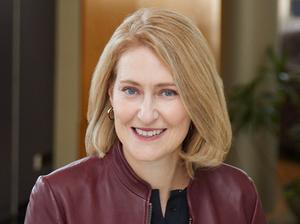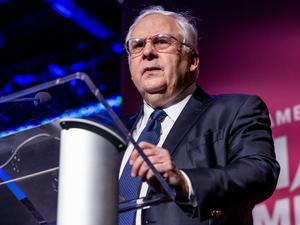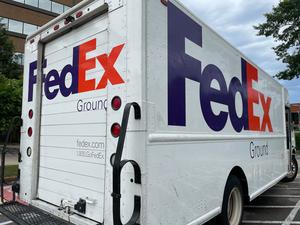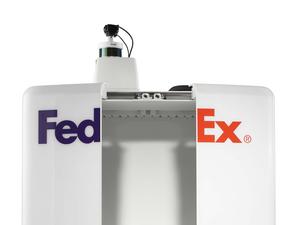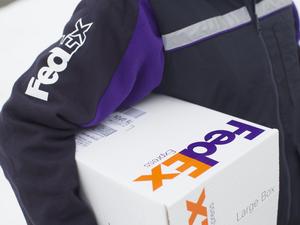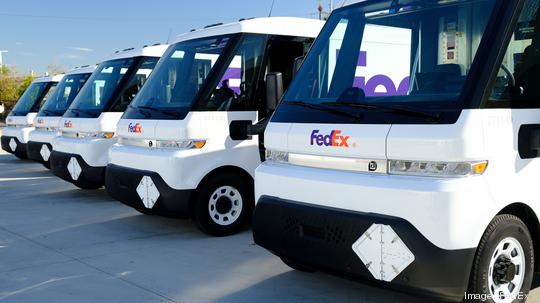
In 1994, FedEx used its first EV, an acid battery-powered vehicle in California.
Nearly three decades later, the company’s number of electric vehicles (EVs) has increased significantly — and it’s set to get much bigger.
FedEx has received its first 150 electric delivery vehicles from BrightDrop, General Motors’ (GM) electric delivery and logistics business. Called Zevo 600s, they were sent to locations of FedEx Express — the company’s largest subsidiary — throughout Southern California, signifying the latest step in FedEx’s quest to become carbon neutral by 2040.
“At FedEx, we have ambitious sustainability goals, and our phased approach to vehicle electrification is a crucial part of our roadmap to achieve carbon neutral global operations,” said Mitch Jackson, FedEx’s chief sustainability officer, in a press release. “In just under six months, we’ve taken delivery of 150 BrightDrop Zevo 600s for our parcel pickup and delivery fleet.”
FedEx subsidiary FedEx Express was announced as BrightDrop’s first customer in January 2021; and it received its first five Zevo 600s — then known as the EV600s — in December 2021. These were part of an order of 500 vehicles; and in January 2022, the company signed an agreement with BrightDrop that reserved priority production for another 2,000. FedEx could also add up to 20,000 more in the coming years.
In April, FedEx and BrightDrop set the Guinness World Records mark for the longest distance traveled by an electric van on a single charge.
The Zevo 600s are zero-emission vehicles designed to deliver goods and services over long ranges, and have safety and convenience features more common in consumer electric cars. Powered by the Ultium battery system, each has more than 600 feet of cargo space; a 3.4-inch-diagonal infotainment screen; front sliding pocket doors; wide cabin walkways; a cargo area security system with motion sensors; and a large cargo bulkhead door that opens automatically.
To support its new vehicles, FedEx is building charging infrastructure across its network, and it's already installed more than 500 charging stations across California. FedEx is also working with utility companies to help determine the capacity needed for electrical grids to support charging stations, and it’s looking to expand on-site generation and procurement of renewable energy at its facilities.
“For FedEx to successfully achieve our sustainability goals, it will require collaboration across the public, nonprofit, and corporate sectors,” Jackson said, in the release.
Those goals are all encompassed in FedEx’s commitment to become carbon neutral by 2040. The company plans to invest $2 billion in the effort, with the funds divided among three areas: vehicle electrification, sustainable energy, and carbon sequestration. It includes a $100 million commitment to Yale University (company founder Fred Smith's alma mater), so the institution can establish the Yale Center for Natural Carbon Capture. The hope is that the center will find new methods of carbon sequestration at scale and help offset greenhouse gas emissions equivalent to current airline emissions.
By 2040, FedEx also wants its parcel pickup and delivery (PUD) fleet to be entirely comprised of electric, zero-emission vehicles.
